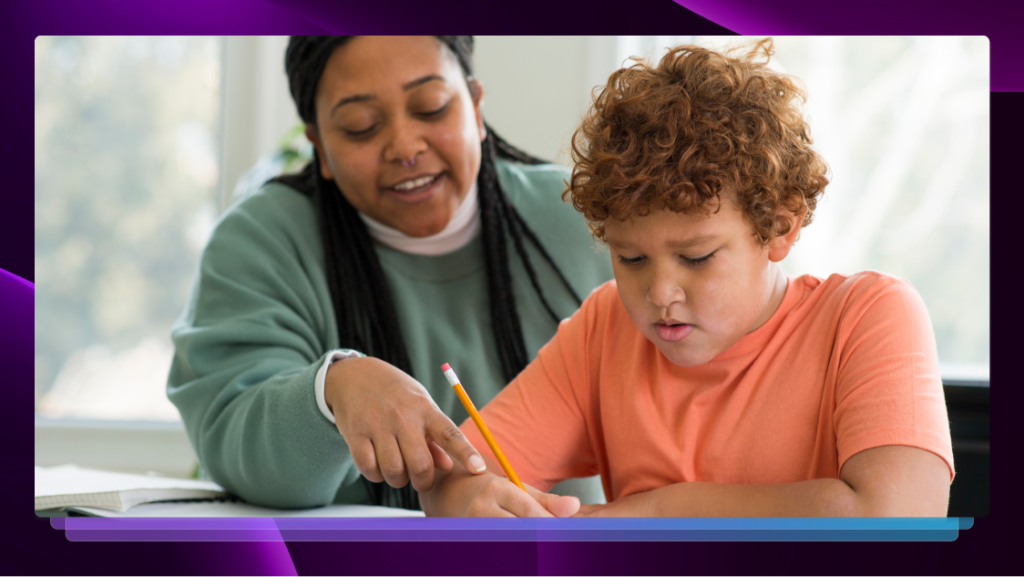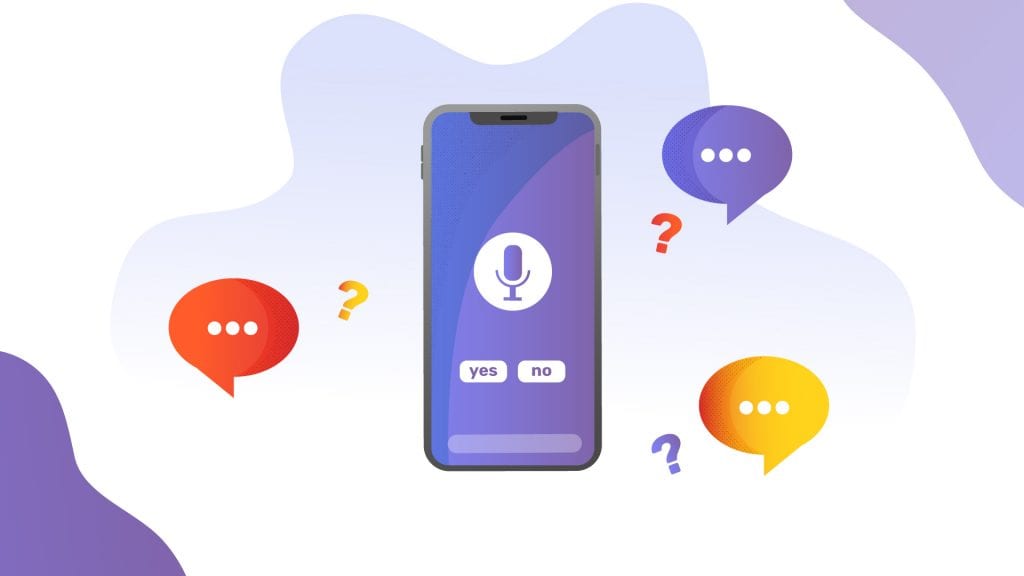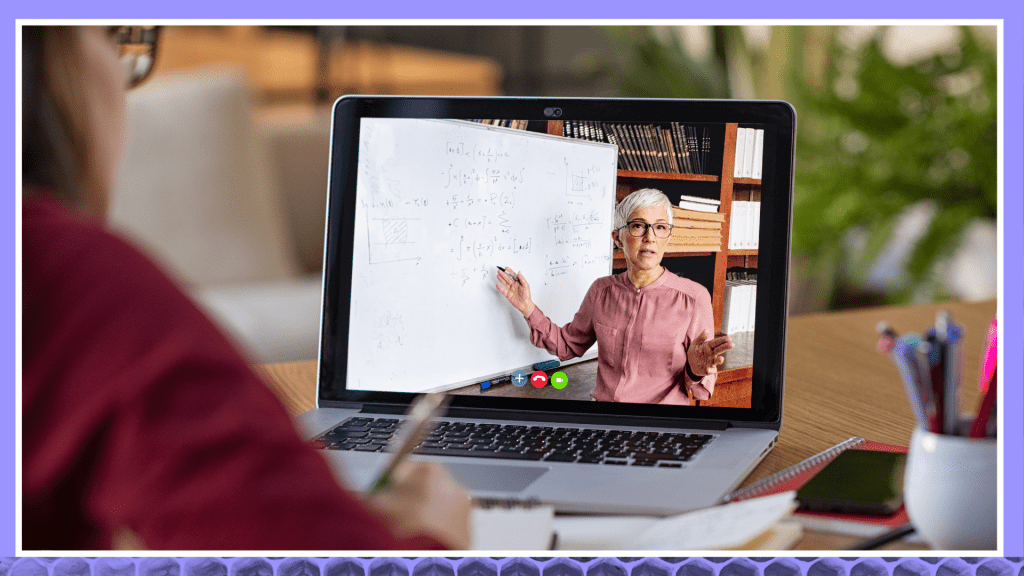Celebrate National Special Education Day
National Special Education Day honors progress in inclusive education. Learn the history of this day and how to continue supporting students with special needs.

Happy National Special Education Day! This awareness holiday, observed on December 2nd, celebrates advancements made in educating children with disabilities. It also reminds us of the importance of accommodating children with disabilities in ways that allow them to thrive in the classroom.
2020 happens to be the 45th anniversary of America’s first special education law, now known as the Individuals with Disabilities Education Act (IDEA). So what better time to learn what IDEA did for special education and where we can continue to make progress?
What Did the Individuals With Disabilities Education Act Do?
In 1975, the Education for All Handicapped Children Act became law. It was later renamed the Individuals with Disabilities Education Act (IDEA). The law guaranteed a free and appropriate education to all children with disabilities.
This was a major change. Before IDEA, education was seen as a privilege for children with disabilities. And students were often excluded from the education system. Many states had laws that banned children with certain disabilities from classrooms. Deaf and blind children were among those not allowed to go to school. With the adoption of IDEA, education became a legal right.
Further Progress in Special Education
IDEA was a groundbreaking law that transformed special education in America. But it wasn’t the last law of its kind. In the past 45 years, the nation has made significant progress in special education.
After IDEA, the next special education milestone was a 1982 Supreme Court ruling. The court said students had to have access to programs that met their unique needs. And these programs needed to have supportive services that helped students learn.
Congress changed IDEA several times to better serve students with disabilities. A 1990 update added more disability categories to the law, including autism. Changes in 1997 shifted the focus of the law to ensuring students made progress at school. These changes included setting and measuring goals and reporting progress to parents.
Congress passed other laws to help improve the qualify of special education. For example, The No Child Left Behind Act required standardized testing for special education students. A later version of this law required high academic standards for all students.
These years of progress have had significant benefits for children. And today, more than 7.5 million children receive special education services. Many of these children spend most of the school day in general education classrooms.
What Makes Special Education Teachers Special?
Teaching children with special needs can be challenging. But special education teachers have the training to do the job well. They take courses to learn how to teach students with disabilities. With this training, they help their students reach their potential.
General education teachers don’t always have this training. In a recent survey, most of these teachers said they didn’t feel very well prepared to teach children with learning disabilities. This includes common learning disabilities like ADHD and dyslexia.
To learn more about teaching these students, general education teachers say they turn to colleagues. Special education teachers play an invaluable role in helping their fellow teachers.
Reasons to Celebrate National Special Education Day
There are many reasons to celebrate this holiday. A few reasons include:
- Thanking special education teachers for their hard work.
- Recognizing parents who advocate for their children.
- Ending harmful misconceptions about special education.
What are these harmful misconceptions? Unfortunately, there are plenty. And even surveyed general education teachers say they believe some. A few common myths include:
- Students with learning issues are lazy.
- Kids can outgrow learning disabilities.
- Special education kids can’t meet grade-level expectations.
The Biggest Problems for Special Education Teachers
These teachers have special skills. But they also face some special problems. Some of the biggest problems for special education teachers are:
- High teacher-student ratios: There’s a shortage of special education teachers. This leads to large class sizes. Teachers can’t always give students the attention they need.
- Teaching children with varying needs: In their large classes, teachers may have students with many different disabilities. Balancing everyone’s needs can be difficult.
- Meeting student’s IEP goals: Individual education plans (IEPs) are important. But teachers may not always have the right resources and support. This makes it harder to follow IEPs.
Inclusive Practices for Teachers to Try
Special education has come a long way, but there’s always room to improve. National Special Education Day is a great time to make classrooms more inclusive. This means creating an environment that helps all children learn.
Reduce Background Noise
Children with learning disabilities or hearing impairments may have trouble learning in a loud room. But a quiet room can help all students learn better. To reduce background noise, teachers can turn off noisy equipment or put soft coverings on the table and chair legs. Also, they could also place rugs in classrooms or hang corkboard on the walls.
Adding Captions to Video Content
Video content may appeal to both kids who learn by seeing and by hearing. To make this content even more inclusive, add captions. Captions can help children with a variety of special needs follow along with the videos. For example, captions may benefit children with hearing loss or autism.
Rev makes it easy for teachers to add captions to their classroom videos. And for distance learning, teachers can even add live captions to their Zoom classes.
Encourage the Use of Assistive Technology
Assistive technology can help children with many kinds of disabilities. These technologies support learning by helping children work around their weaknesses. Teachers can encourage children to use many types of assistive technology. Braille keyboards, speech-to-text software and personal listening devices are some examples.
Offer Information in Many Formats
Children have different learning styles. In particular, some kids learn best by seeing and prefer lessons with pictures and charts. While others learn through hearing and may prefer to listen to lectures or recordings. And some children learn best through hands-on experiences. This is why it’s important to offer information in more than one format. For example, teachers could hand out a transcription of a discussion.
Celebrating National Special Education Day
On December 2, celebrate the many improvements in special education. Take the opportunity to thank the special education teachers in your life for their hard work. And if you’re a teacher, continue advocating for your students.















